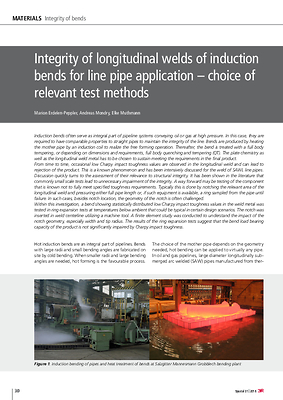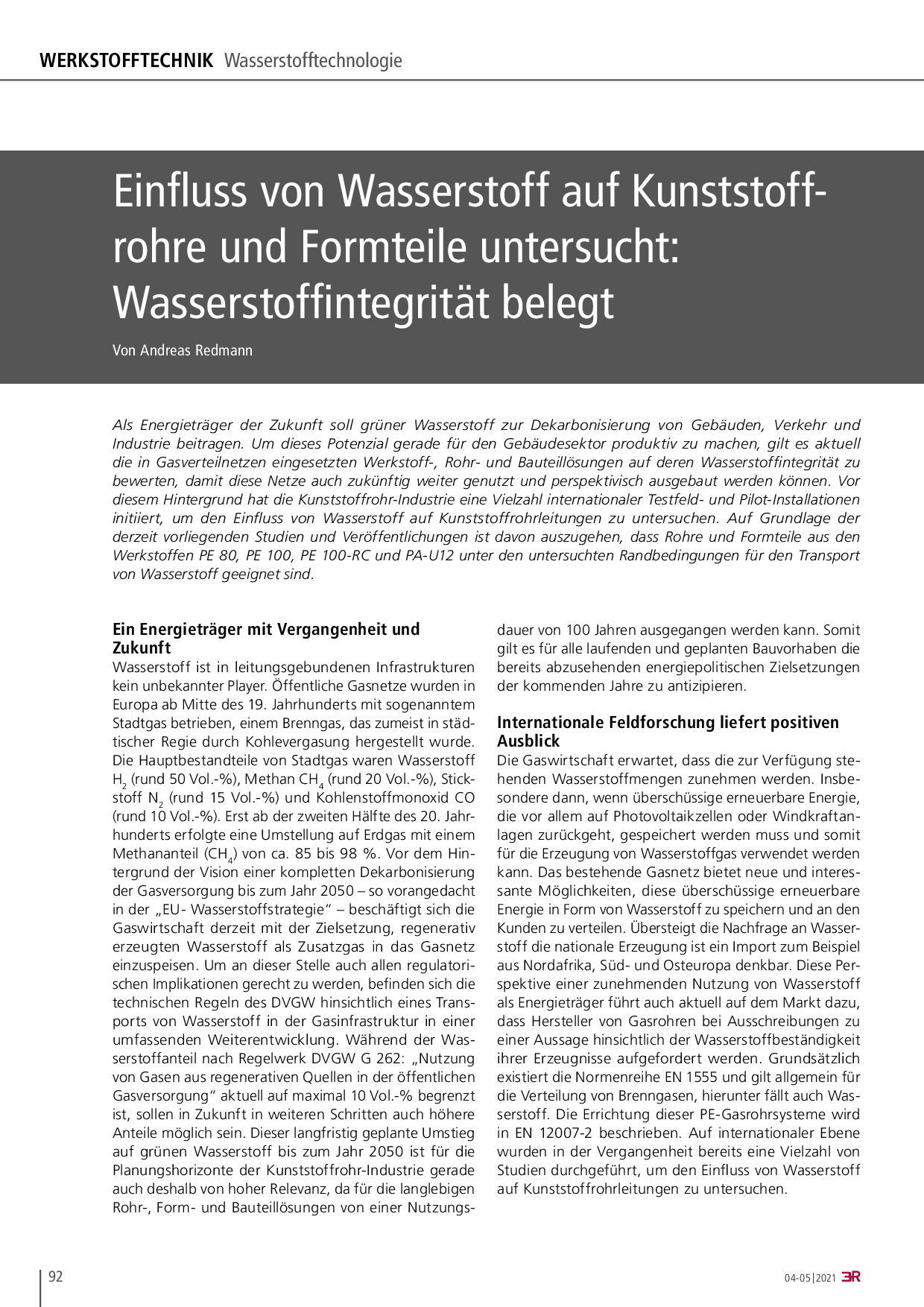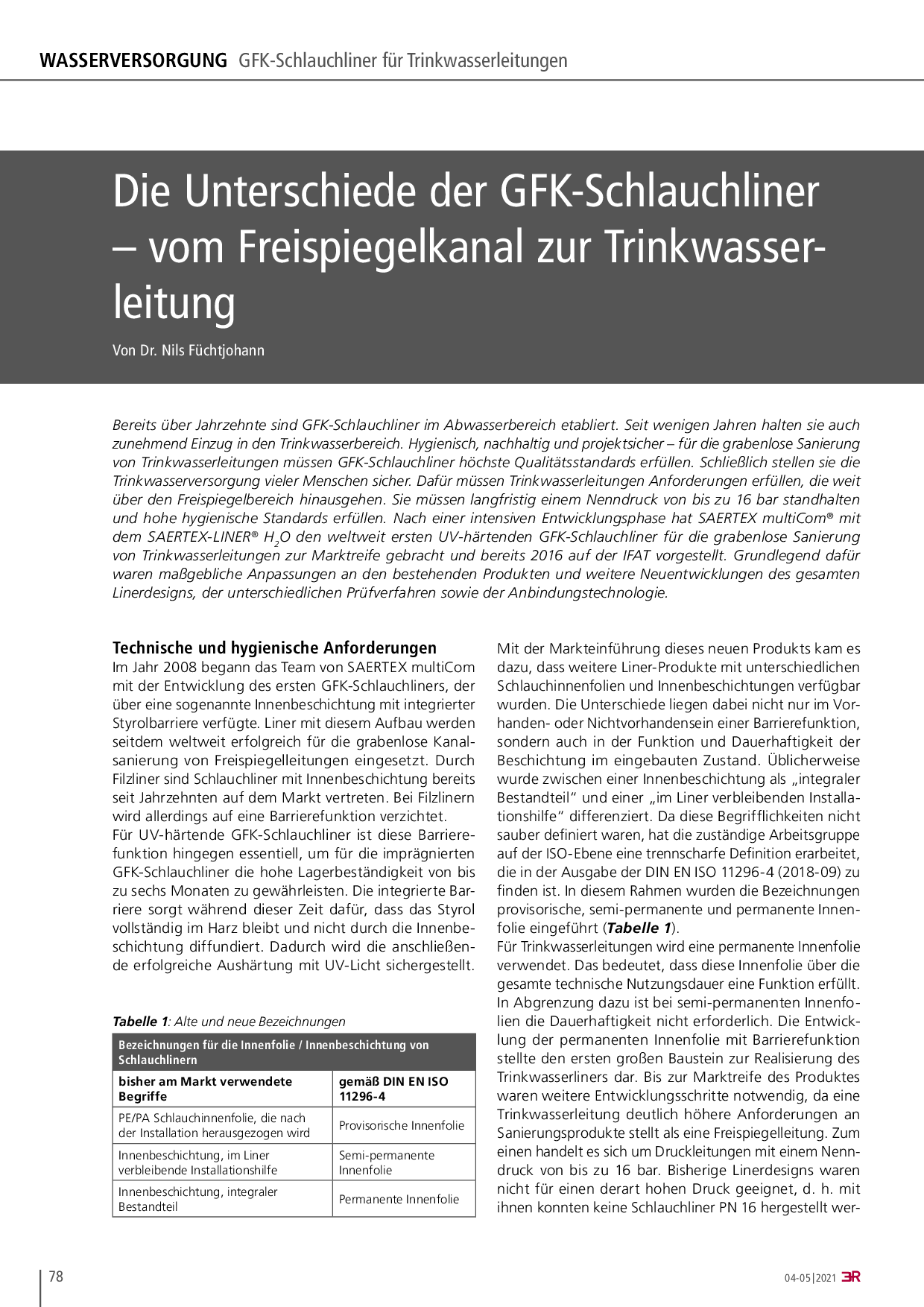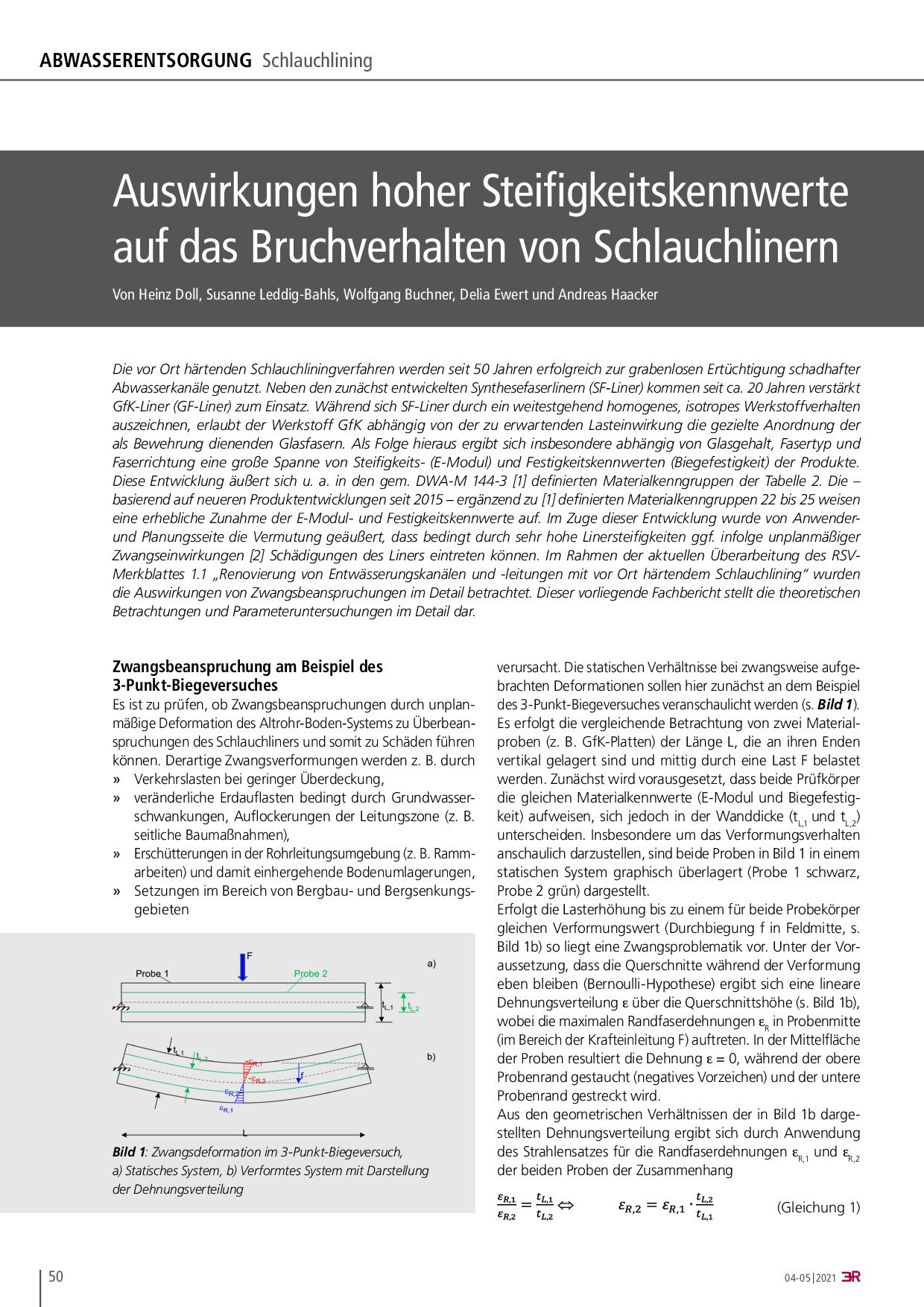Integrity of longitudinal welds of induction bends for line pipe application – choice of relevant test methods
Themen: Gas | Pipeline | Werkstofftechnik
Publikationsform: Fachartikel
Artikelnummer: 01252_2016_SP1_03
Zeitschrift: Integrity of longitudinal welds of induction bends for line pipe application – choice of relevant test methods
Autor: Marion Erdelen-Peppler / Andreas Mondry / Elke Muthmann
Herausgeber: Induction bends often serve as integral part of pipeline systems conveying oil or gas at high pressure. In this case, they are required to have comparable properties to straight pipes to maintain the integrity of the line. Bends are produced by heating the mother pipe by an induction coil to realize the free forming operation. Thereafter, the bend is treated with a full body tempering, or depending on dimensions and requirements, full body quenching and tempering (QT). The plate chemistry as well as the longitudinal weld metal has to be chosen to sustain meeting the requirements in the final product. From time to time, occasional low Charpy impact toughness values are observed in the longitudinal weld and can lead to rejection of the product. This is a known phenomenon and has been intensively discussed for the weld of SAWL line pipes. Discussion quickly turns to the assessment of their relevance to structural integrity. It has been shown in the literature that commonly small scale tests lead to unnecessary impairment of the integrity. A way forward may be testing of the component that is known not to fully meet specified toughness requirements. Typically this is done by notching the relevant area of the longitudinal weld and pressuring either full pipe length or, if such equipment is available, a ring sampled from the pipe until failure. In such cases, besides notch location, the geometry of the notch is often challenged. Within this investigation, a bend showing statistically distributed low Charpy impact toughness values in the weld metal was tested in ring expansion tests at temperatures below ambient that could be typical in certain design scenarios. The notch was inserted in weld centerline utilizing a machine tool. A finite element study was conducted to understand the impact of the notch geometry, especially width and tip radius. The results of the ring expansion tests suggest that the bend load bearing capacity of the product is not significantly impaired by Charpy impact toughness.
Verlag: Vulkan-Verlag GmbH
Publikationsformat: PDF
Details
Induction bends often serve as integral part of pipeline systems conveying oil or gas at high pressure. In this case, they are required to have comparable properties to straight pipes to maintain the integrity of the line. Bends are produced by heating the mother pipe by an induction coil to realize the free forming operation. Thereafter, the bend is treated with a full body tempering, or depending on dimensions and requirements, full body quenching and tempering (QT). The plate chemistry as well as the longitudinal weld metal has to be chosen to sustain meeting the requirements in the final product. From time to time, occasional low Charpy impact toughness values are observed in the longitudinal weld and can lead to rejection of the product. This is a known phenomenon and has been intensively discussed for the weld of SAWL line pipes. Discussion quickly turns to the assessment of their relevance to structural integrity. It has been shown in the literature that commonly small scale tests lead to unnecessary impairment of the integrity. A way forward may be testing of the component that is known not to fully meet specified toughness requirements. Typically this is done by notching the relevant area of the longitudinal weld and pressuring either full pipe length or, if such equipment is available, a ring sampled from the pipe until failure. In such cases, besides notch location, the geometry of the notch is often challenged. Within this investigation, a bend showing statistically distributed low Charpy impact toughness values in the weld metal was tested in ring expansion tests at temperatures below ambient that could be typical in certain design scenarios. The notch was inserted in weld centerline utilizing a machine tool. A finite element study was conducted to understand the impact of the notch geometry, especially width and tip radius. The results of the ring expansion tests suggest that the bend load bearing capacity of the product is not significantly impaired by Charpy impact toughness.
Preis: 4,90 €Zum Shop



